Austrian Wilderness area doubles in size
Since it was founded in 2002, the Austrian Dürrenstein Wilderness area has grown to 35 square kilometers and has been a World Heritage component since 2017. Now the next decisive step is imminent: an expansion into the state of Styria will mean the territory will double in size.
Please also read: The beautiful world of (non-) fungi in a Wilderness area
Preserving and promoting untouched nature
The Wilderness Area Dürrenstein is an IUCN 1a and 1b Wilderness, one of the only two IUCN 1b Wilderness areas in Austria. There is no extractive activity in the forests, and entry for the general public is mostly prohibited. Exceptions are tours with guides, which, however, are quickly filling up – in some cases years in advance. The old growth spruce-fir-beech forest „Rothwald“ is the core area, which is the largest primeval forest of Central Europe. Here, firs and spruces can reach heights of above 50 m and age of over 500 years. It is a habitat for several rare species such as the alpine shrew, Ural owl, brown long-eared bat and lynx. In addition to the Rothwald virgin forest, the Dürrenstein strict nature reserve protects near-natural, old-growth forest with an age up to 250 years and several small remnant primeval copses.
To allow the wider public to experience a piece of Wilderness, a “House of the Wilderness” welcomes visitors. This interactive exhibition provides a glimpse into the jungle by showcasing 70 square kilometres of forest on 700 square meters.
Natural history protected in the past, present and future
The history of the wilderness area begins in the Ice Age. The forest Rothwald was never commercially used and has therefore been untouched since the Ice Age. This 500 hectare primeval forest, one of the last real primeval forests in Europe, forms the core of the wilderness area. Since its founding in 2002 with an area of 2,500 hectares, in 2013 it was expanded to 3,500 hectares. In 2017, the forest became a component part of the UNESCO World Heritage site ‘Ancient and Primeval Beech Forests of the Carpathians and Other Regions of Europe’. Regular monitoring focuses on the impacts of wildlife and forest management, as well as ancient woodland indicator species (mainly fungi, woodpeckers and beetles). Moreover, researchers collect climate data, monitor population ecology and the impact of natural disturbances on the forest ecosystem. There is only few infrastructure in the wilderness area.
There have been efforts for years to expand the Wilderness area into the province of Styria. Now, it seems like the final negotiations are taking place. The Styrian Agricultural Councelor has stated, that after a long time of discussions, it’s time to take a step forward. As a result of the pandemic measures, people´s perception about the value of nature has changed significantly. This has reopened discussions between authorities about expanding the current protected area. The agreement between the two states Lower Austria and Styria to protect this natural treasure will mean, that decision-makers recognise the intrinsic value of wild nature, even if it means no (or limited number of) people can enter this area. With the upcoming expansion in the summer of 2021, all together 7,000 hectares of forests will be under protection.
The Wilderness Area Dürrenstein will also be one of the study sites of a new project of the European Wilderness Society, focusing on assessing the impact of humans on forest habitats and species using bioacoustics.

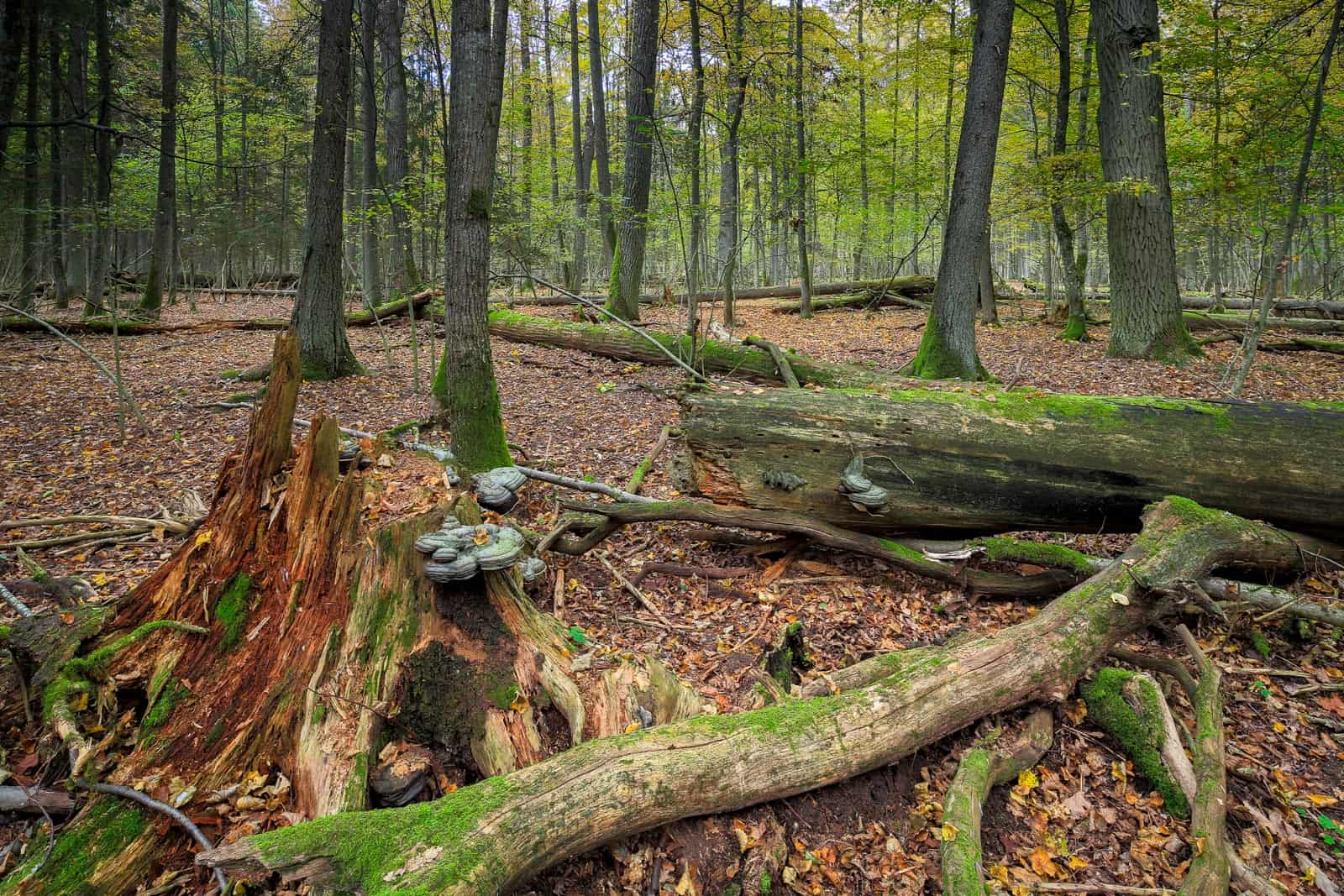


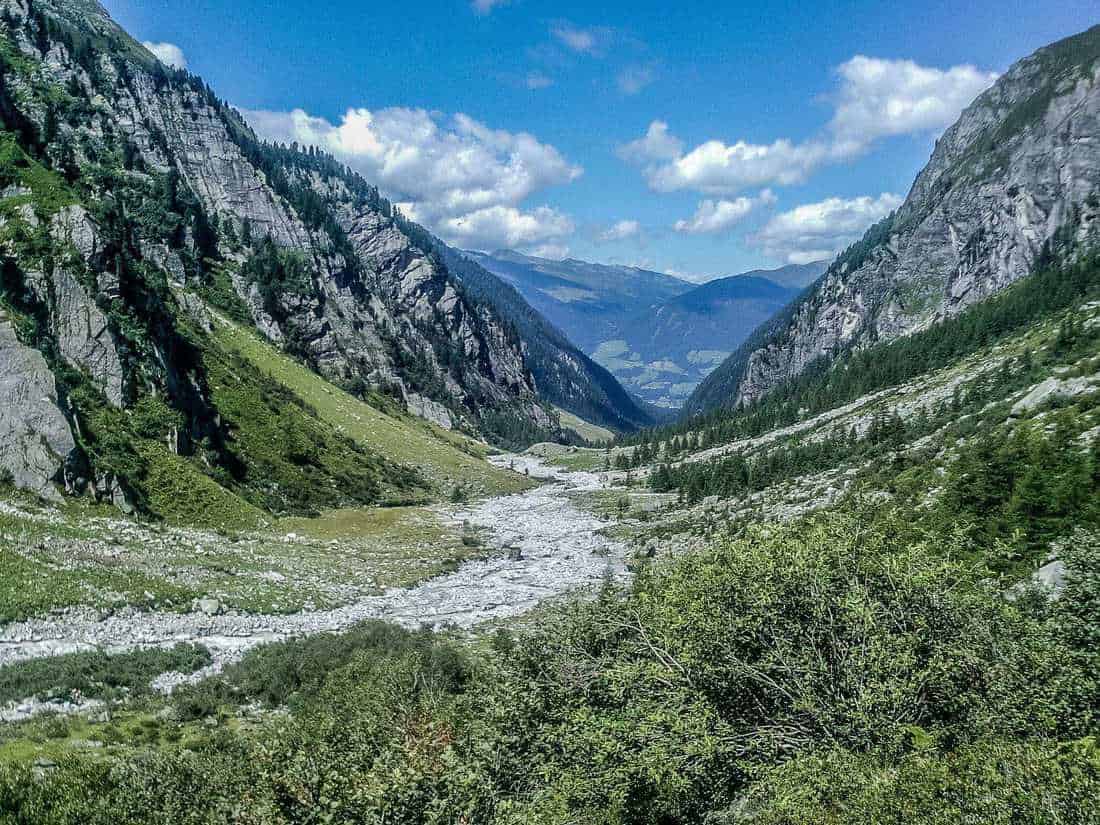
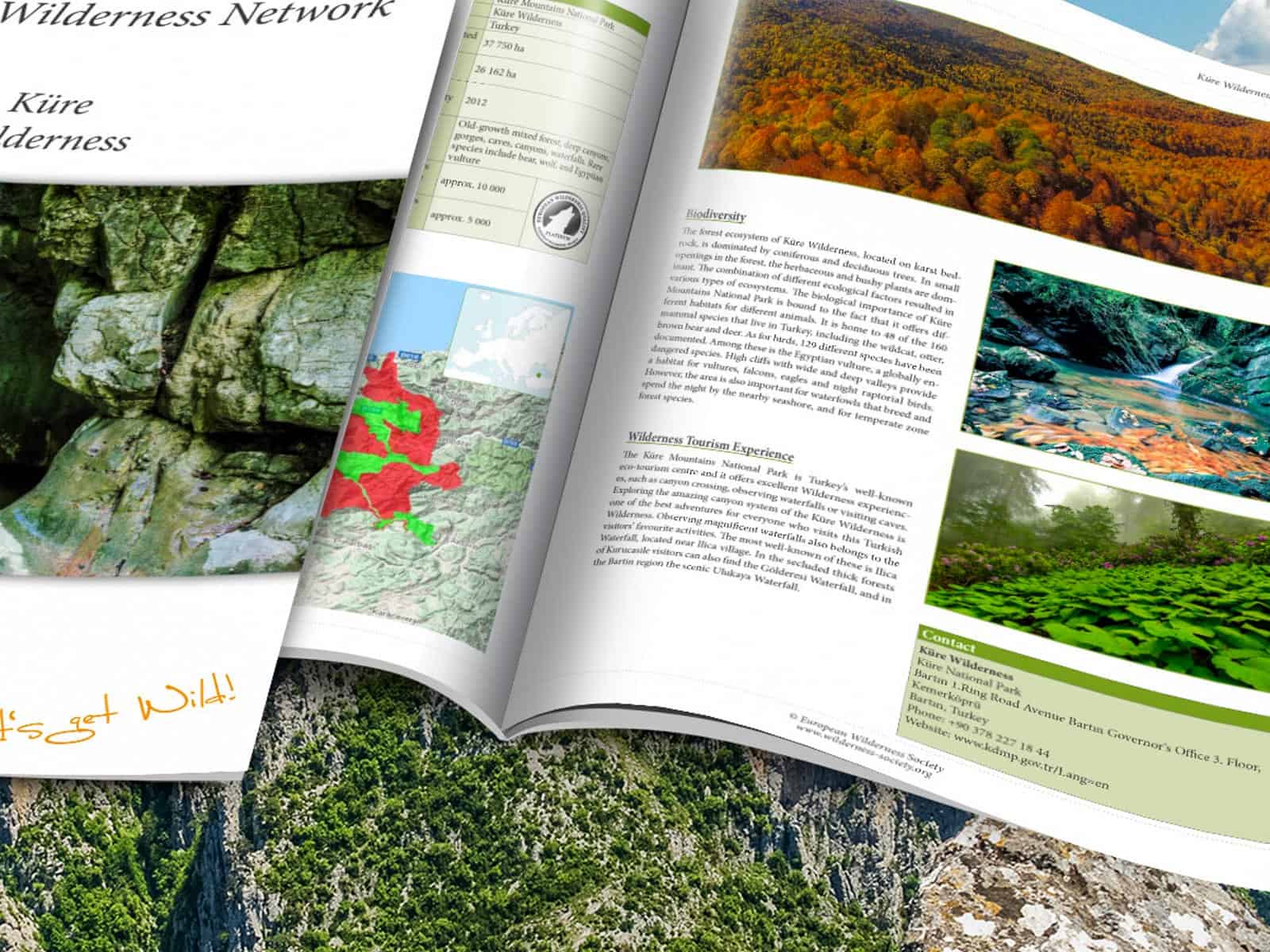
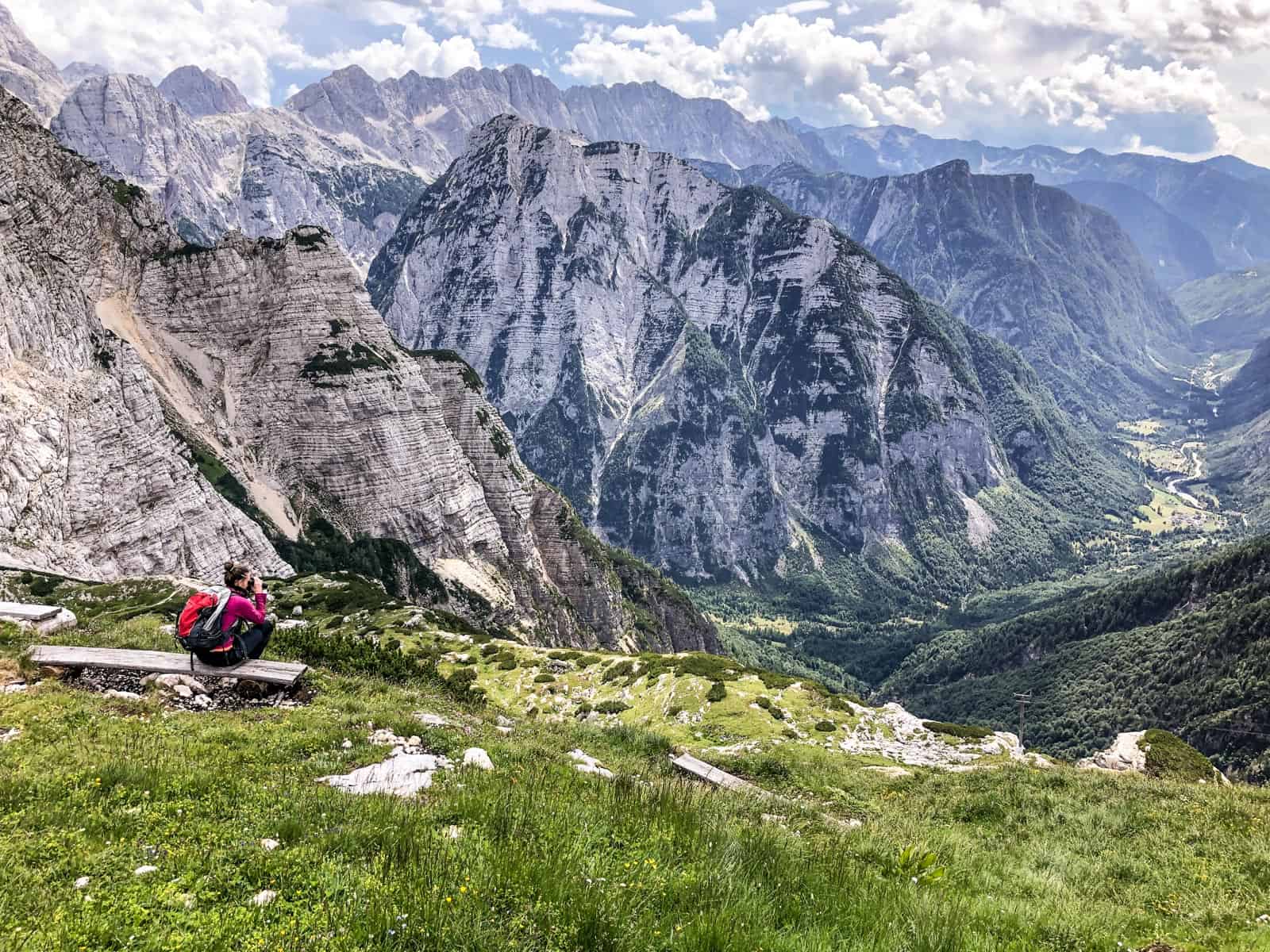
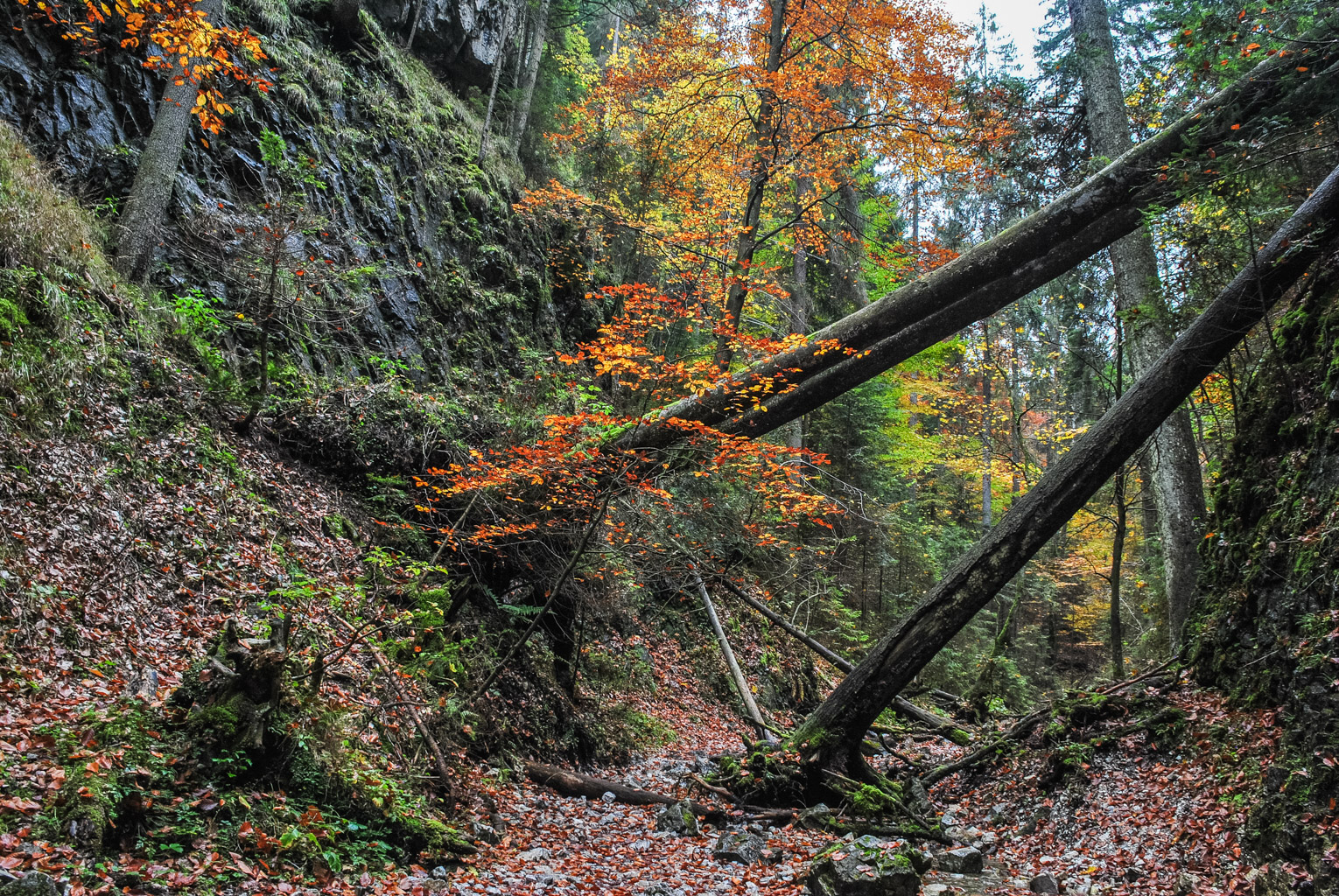
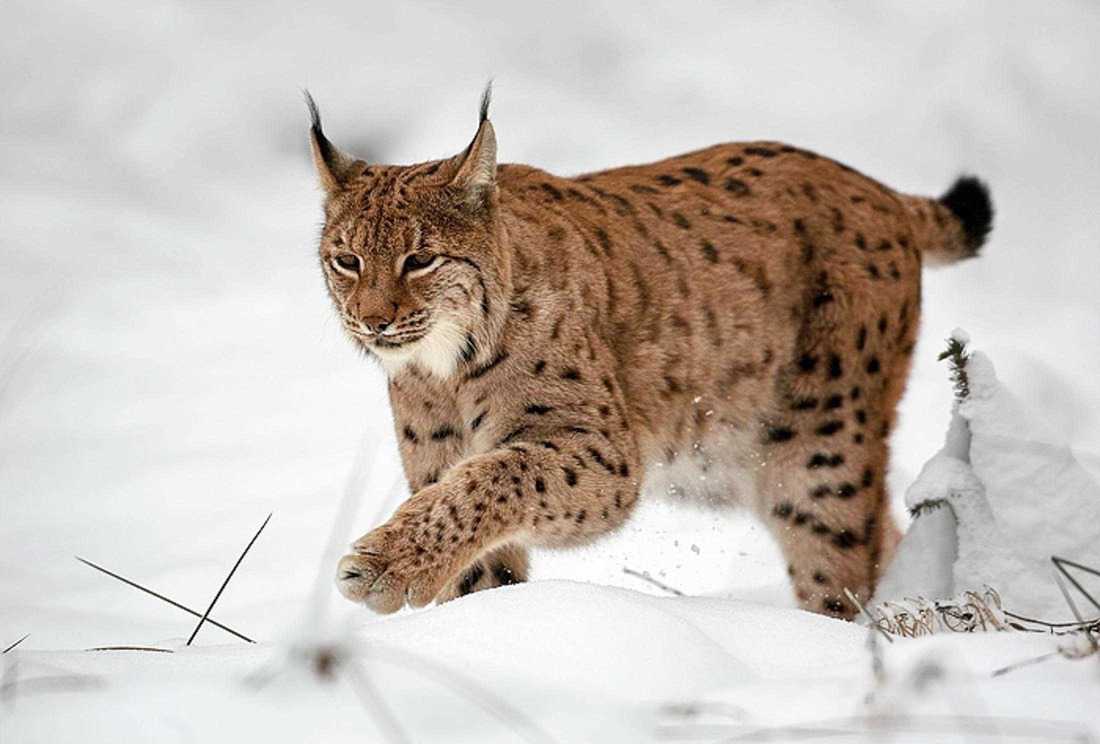

The Wilderness Area Dürrenstein is IUCN 1a and 1 b